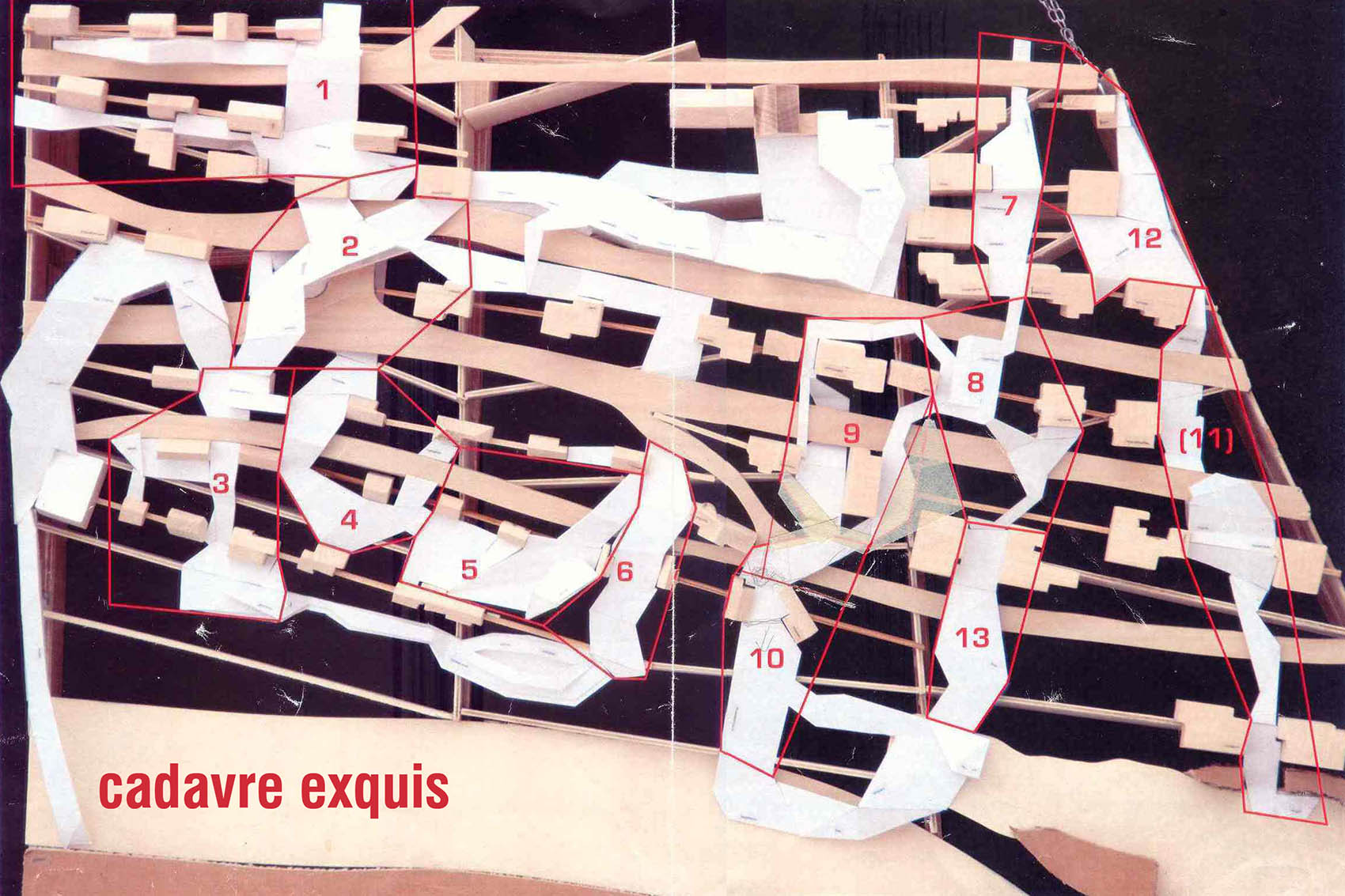From all over the world master students come to the TU in Delft to study. Of the 24 students of the master track urban landscape architecture there are 15 students from abroad, mostly Asian, but also a few other nationalities. They come from cities like Bangkok and have to settle in a small town like Delft. “Where is everybody?”, they wonder; “Where is all the traffic and why do the shops close so early?” Then in the second week they have to get up real early, to fetch the bus. The bus leaves at six o’clock in the morning, and takes them all the way, to the north of Groningen. There in the middle of nowhere they have to walk down the sea dike to the waterfront and see how the land is won, see how the Netherlands is made of clay, and sand. See how barely visible height differences have significant consequences of the way this land is occupied, and how the blue skies cover these green fields. And when I look at the students, I see them wonder: ‘Urban landscape architecture he?’

In total we went on three trips. The second one took us to the rivers, the Rijn, Maas and Waal. Seeing how the power of the ice ages formed the basis of todays landscape, and how the rivers molded that landscape further. Discovering on this trip that there is a logical place for settlements, always between the high dry grounds and the low wetlands, so man can have the best of both worlds. In the river landscape this means that the first and main settlements are on the levees along the rivers. Here man grew crops and planted the orchards. The lower backlands were for cattle.

Through time, the logic of this structure is diminished, because of new technics making it possible to settle also in the back lands for example. Also more to the west, the rivers become more and more urban. The third trip took us to the region of The Hague and Rotterdam. Starting of at the coast, looking at the Sandmotor, understanding that natural processes can and should be used to develop the Netherlands. Rather then ignoring them and trying to solve everything just with technical solutions. Also understanding that urban developments are less and less connected to the natural basis. But that urban developments have their own logic an their own set of rules.



